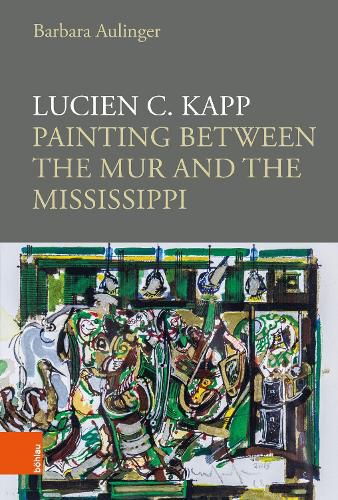Readings Newsletter
Become a Readings Member to make your shopping experience even easier.
Sign in or sign up for free!
You’re not far away from qualifying for FREE standard shipping within Australia
You’ve qualified for FREE standard shipping within Australia
The cart is loading…






This book explores the unusual oeuvre of the American painter Lucien C. Kapp, who-largely under the radar of art history-forged a bridge between Abstract Expressionism and the twenty-first century. It discusses his three artistic "homes" of Illinois, Japan, and Styria in Austria, each of which in its own way fired the artist's imagination and inspired him to "condense the world." A recurring theme over the years was the expelled Indigenous peoples of the former Mississippian culture: the Illini, the Cahokia, and the Menominee. In addition, the publication provides a condensed overview of abstract art's "immigration" to the US after being driven from Europe and Russia by war and dictatorships. At the same time, it illuminates the various standpoints of artists, critics, and art historians on the question of who is allowed to pass judgment on art. Finally, the unconventional, often paradoxical titles that Lucien C. Kapp gave his works are embedded in a short history of work titles.
$9.00 standard shipping within Australia
FREE standard shipping within Australia for orders over $100.00
Express & International shipping calculated at checkout
This book explores the unusual oeuvre of the American painter Lucien C. Kapp, who-largely under the radar of art history-forged a bridge between Abstract Expressionism and the twenty-first century. It discusses his three artistic "homes" of Illinois, Japan, and Styria in Austria, each of which in its own way fired the artist's imagination and inspired him to "condense the world." A recurring theme over the years was the expelled Indigenous peoples of the former Mississippian culture: the Illini, the Cahokia, and the Menominee. In addition, the publication provides a condensed overview of abstract art's "immigration" to the US after being driven from Europe and Russia by war and dictatorships. At the same time, it illuminates the various standpoints of artists, critics, and art historians on the question of who is allowed to pass judgment on art. Finally, the unconventional, often paradoxical titles that Lucien C. Kapp gave his works are embedded in a short history of work titles.